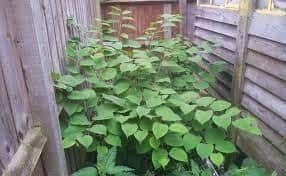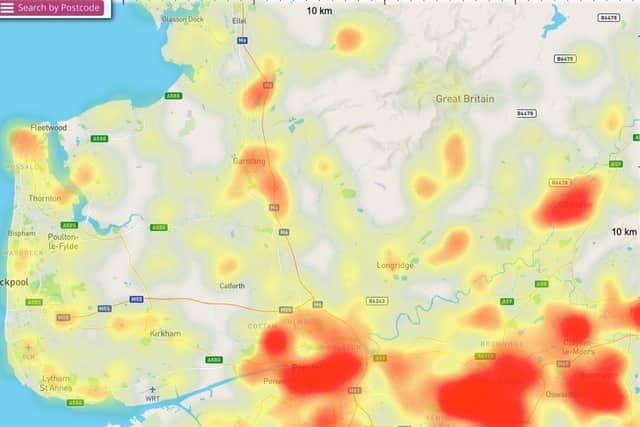Japanese knotweed: Lancashire hotspots revealed - and what to do if you think you have the invasive plant
and live on Freeview channel 276
As the Japanese knotweed growing season gets underway, invasive plant specialist Environet UK experts have revealed five areas across Lancashire where Japanese knotweed could be growing close to your home.
Using data from its interactive online tracker, Exposed: The Japanese Knotweed Heatmap, Blackburn appears in fourth place in the national rankings with 407 infestations within a 4km radius - making it one of the worst-affected locations in Great Britain, with Preston, Haslingden, Chorley and Burnley having also been identified as hotspots.
Preston recorded 279 infestations, Haslingden 243, Chorley 202 and Burnley 198.


Advertisement
Hide AdAdvertisement
Hide AdThe online tracker allows people to search by postcode to discover the number of reported sightings nearby with all new sightings added daily.
Knotweed hibernates over winter but in March or April it begins to grow, with red or purple spear-like shoots emerging from the ground which quickly grow into lush green shrubs with pink-flecked stems and bamboo-like canes.
For homeowners, the plant can pose serious problems if left unchecked, with the potential to grow up through cracks in concrete, tarmac driveways, pathways, drains and cavity walls.
It commonly impacts use of the garden, causes legal disputes between neighbours and can impact a property’s value by around five per cent.


Advertisement
Hide AdAdvertisement
Hide AdAccording to Environet’s research, approximately five percent of homes are currently affected by knotweed, either directly or indirectly.
Nic Seal, founder and Managing Director of Environet, said: “Japanese knotweed tends to strike fear into the hearts of homeowners but as long as they’re aware of its presence and take action to remove it before it causes any serious damage or spreads to a neighbour’s property, there’s no reason to panic.
"By publishing the 2022 hotspots for Lancashire we hope to raise awareness and encourage people in the area to be vigilant for signs of knotweed as the growing season takes off, so they can act quickly if needed."
How to spot Japanese knotweed:
Asparagus-like spears emerge from the ground in early spring and begin to sprout pale green leaves with distinctive pink veins.
Advertisement
Hide AdAdvertisement
Hide AdIn May the plant starts to grow rapidly. The stems harden into bamboo-like structures and the leaves, which grow in a zigzag pattern up the stem, are lush, green and heart-shaped.
By mid-summer the plant grows at a rate of around 10cm per day, with mature plants forming dense stands two or three metres tall.
In August the plant blooms, with small clusters of creamy white flowers appearing on the upper leaf axials.
What to do if you think you have Japanese knotweed:
If you find a suspicious-looking plant and you’re not sure what it is, check out the identification guide on Environet’s website.
Once knotweed is confirmed, commission a professional Japanese knotweed survey to find out the extent of the infestation, where it originated and the best way to tackle it.
Advertisement
Hide AdAdvertisement
Hide AdArrange professional treatment, usually herbicide or excavation, and always be sure to secure an insurance-backed guarantee for the work.
If you’re buying a property and you want to be sure it’s clear of knotweed, particularly if it’s located in or near a hotspot, arrange a detection dog survey.
To view Japanese knotweed infestations in your area or to report a sighting, upload a photo to be verified by experts CLICK HERE:
Comment Guidelines
National World encourages reader discussion on our stories. User feedback, insights and back-and-forth exchanges add a rich layer of context to reporting. Please review our Community Guidelines before commenting.
